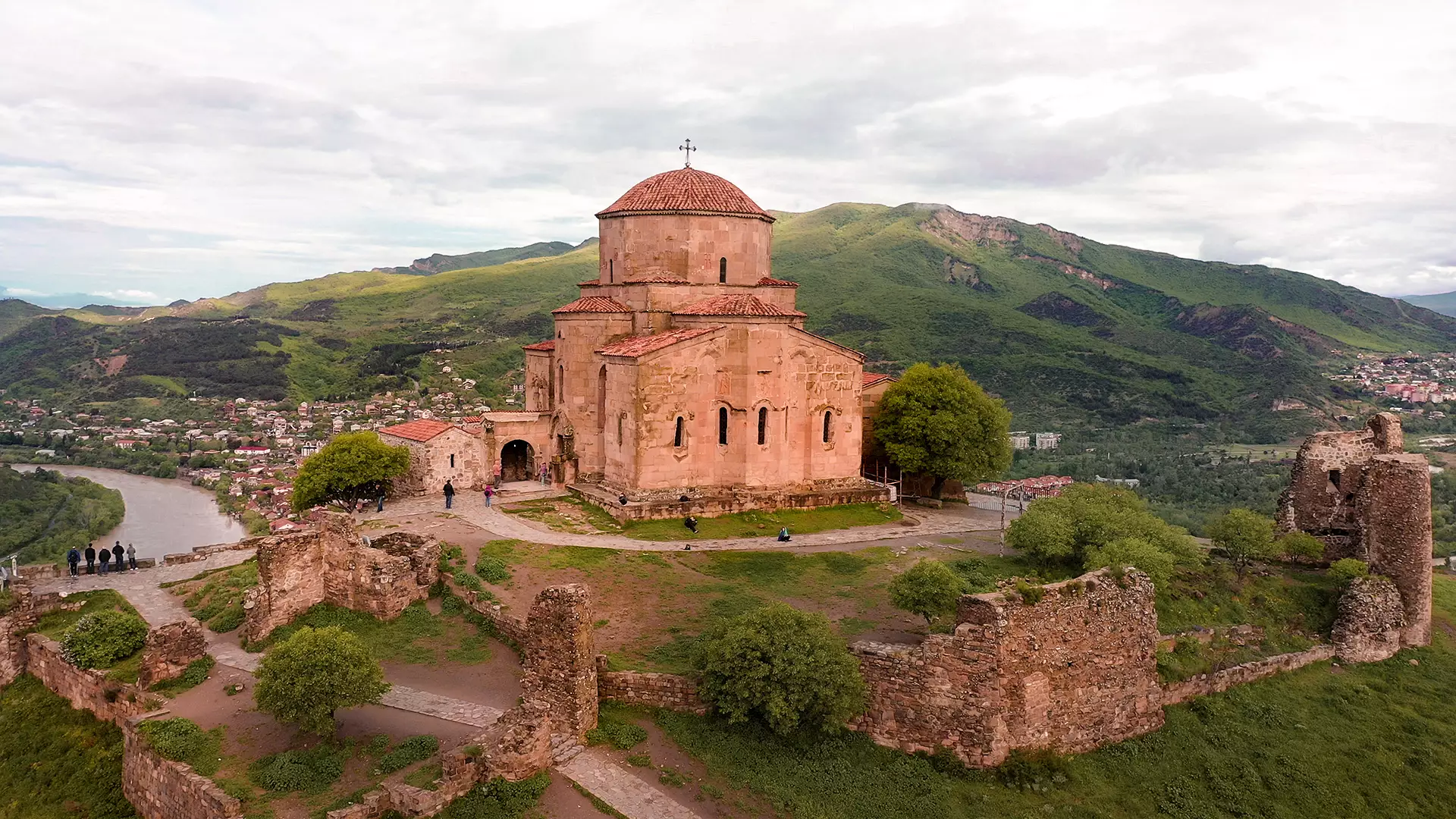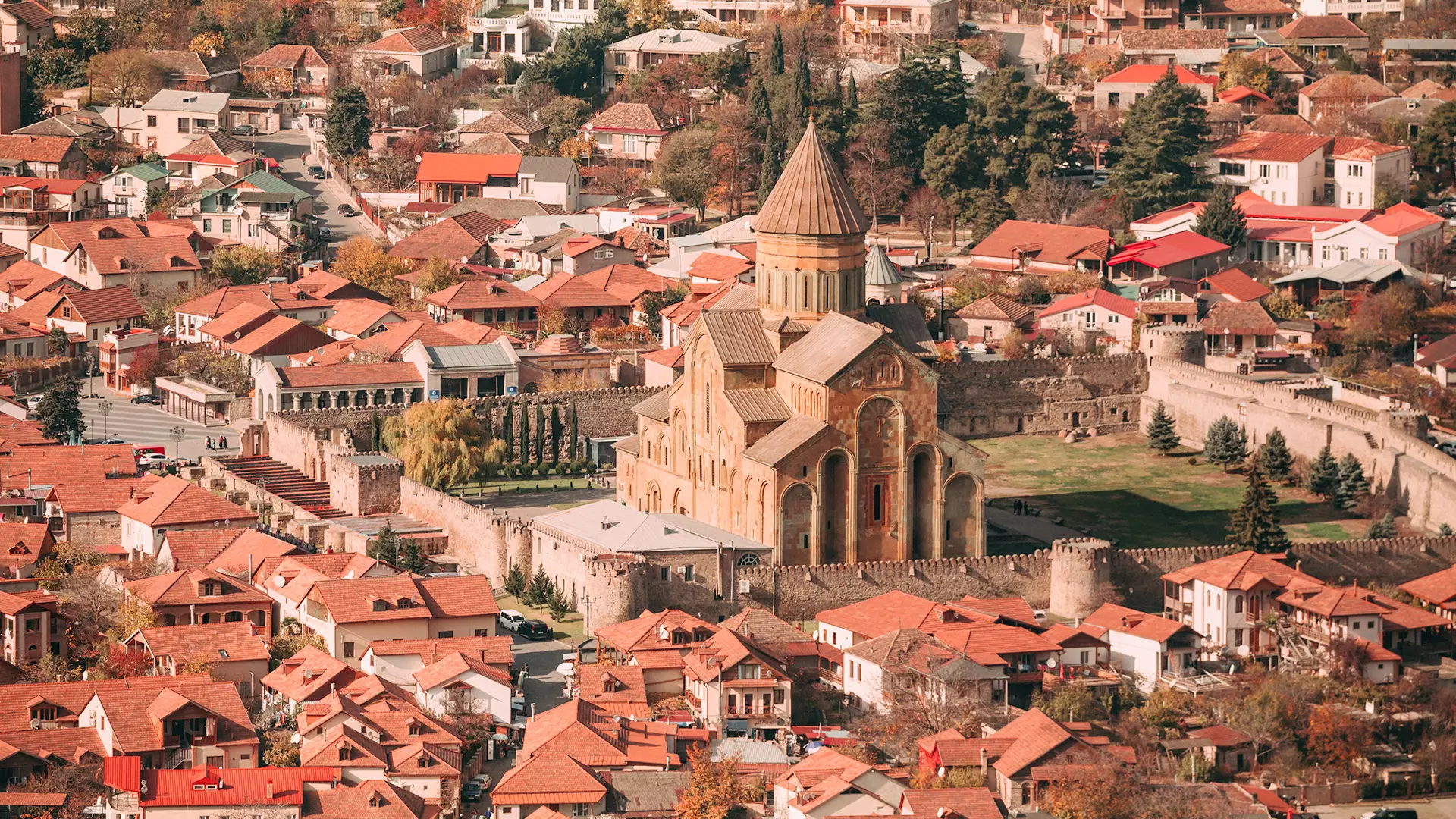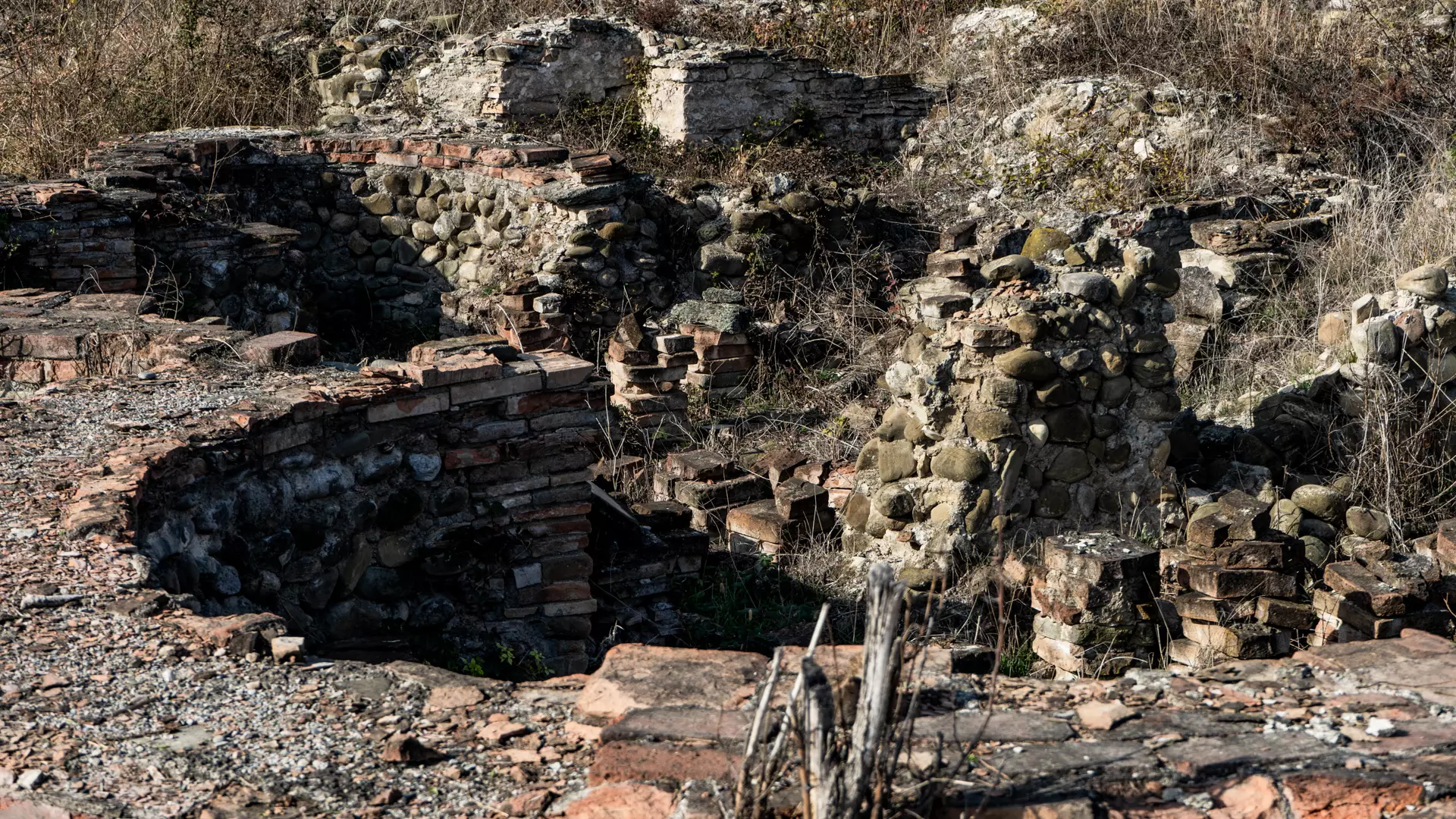Mtskheta
Mtskheta - The City-Museum
Visitors to Mtskheta will quickly see why it is sometimes called the city-museum. With its towering monuments, quaint cobblestone streets, and idyllic charm, it’s easy to see why Mtskheta is one of Georgia’s most popular tourist destinations.
According to legend, Mtskheta was founded in the 1st millennium BCE by the ethnarch Mtskhetos, but it was King Parnavaz, the great reformer king, who proclaimed it the capital of Kartli Kingdom (otherwise known as Iberia) in the 4th century BCE. Going even farther back, archaeological digs have unearthed the evidence of human activity in the area as far back as the 3rd and 2nd millennium BCE.
While no longer a capital in its own right, Mtskheta is nonetheless still a vital cultural and religious centre for modern-day Georgia, distinguished for its cosmopolitan population and religious tolerance.
Religion and Architecture in Mtskheta
It is Mtskheta’s abundance of ancient churches and monuments that give it its city-museum status. Churches such as the 4th century Samtavro St. Nino Church, the 4th - 5th century, Antioch (St. Stephen First Martyr Church), and the 6th - 7th century Jvari Church all stand as testament to Christianity’s immense influence in the region.
Christianity was proclaimed the state religion of Georgia from Mtskheta back in the 4th century. The large churches such as Svetitskhoveli (1010 - 1129) and the Samtavro Church Complex (1030) were built during the feudal period and represent brilliant examples of Georgian religious architecture.
Three of Mtskheta’s churches are part of the UNESCO World Heritage List: Jvari Church, Svetitskhoveli Cathedral, and Samtavro Church.
Jvari Church is an especially impressive monument, with many fascinating stories to be discovered about the church’s construction, its ability to endure countless wars and invasions, and its significant role in the foundation and administration of the Georgian Orthodox Church. Guided tours are an especially good way to uncover these tales.
The walk to and from Svetitskhoveli Cathedral is an adventure all of its own, with a bustling marketplace full of local artisans, wine vendors, restaurants, and souvenir shops sure to capture your interest.
Outside Mtskheta
In addition to the abundance of monuments in Mtskheta itself, the surrounding villages are also awash with history waiting to be unearthed. From the ruined royal city of Dzalisi (2nd-century BCE - 8th century) near the village of the same name to the village of Mukhrani, which was a vital commercial and trade hub in the 3rd and 2nd centuries BCE, there is so much history to be explored just a short drive from the town.
It is also worth paying a visit to the monasteries that dot the region, such as Zedazeni Monastery, Shio-Mghvime Monastery, and the Tsilkani Cathedral of the Mother of God. All three of these religious centers operated from the 6th to 19th centuries, and are named after the Holy Assyrian Fathers led by St. John of Zedazeni who came to Georgia in the 6th century to preach Christianity.
All told, the Mtskheta Municipality is home to 300 cultural monuments, more than 30,000 artifacts, and more than 50 archaeological areas.
Cookie Policy




